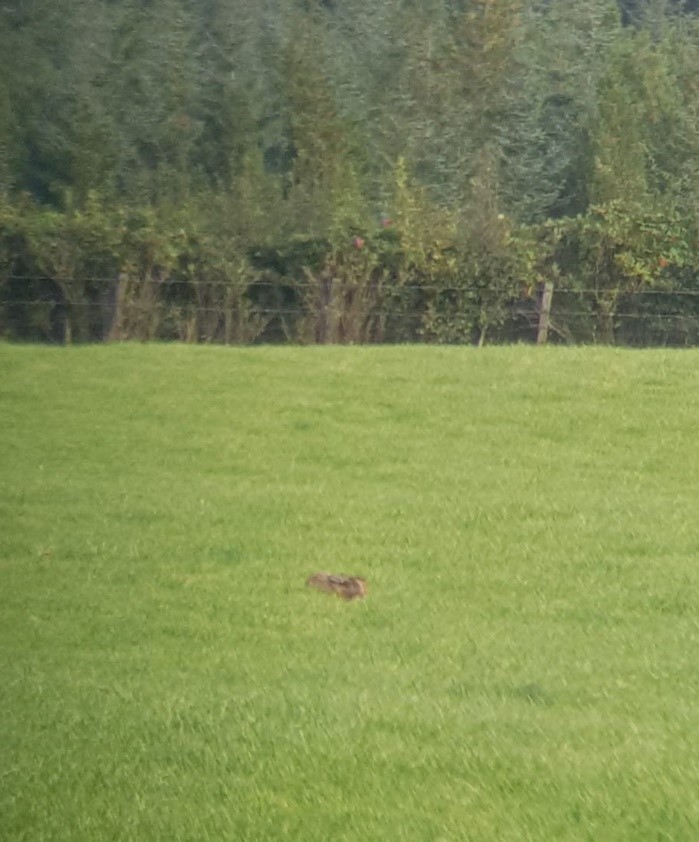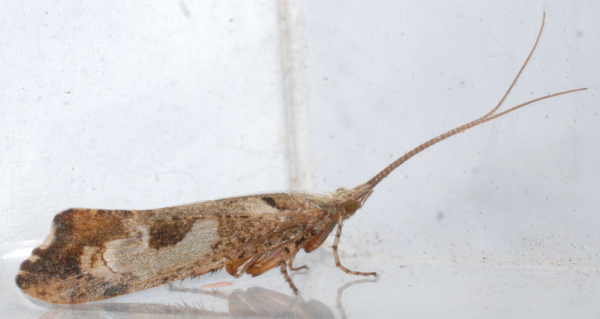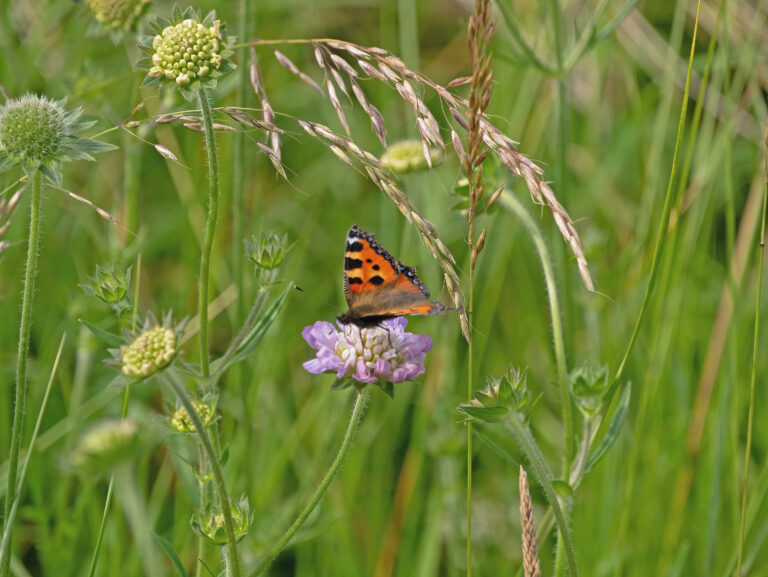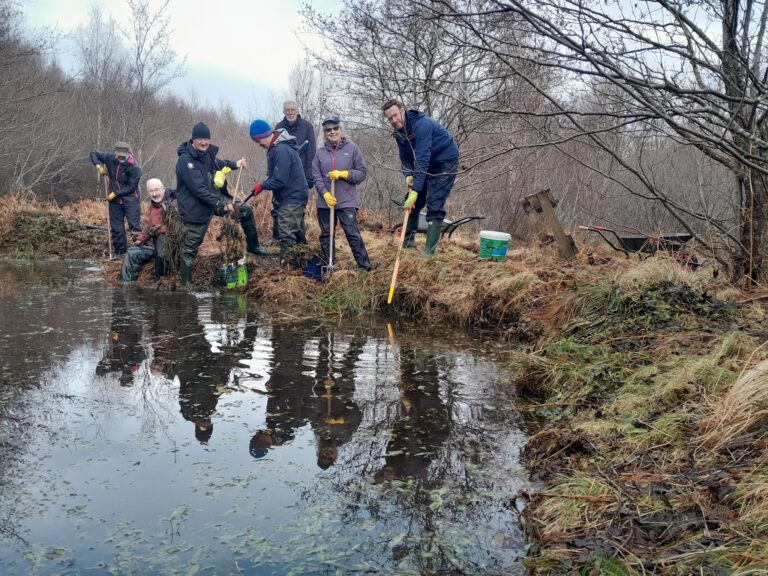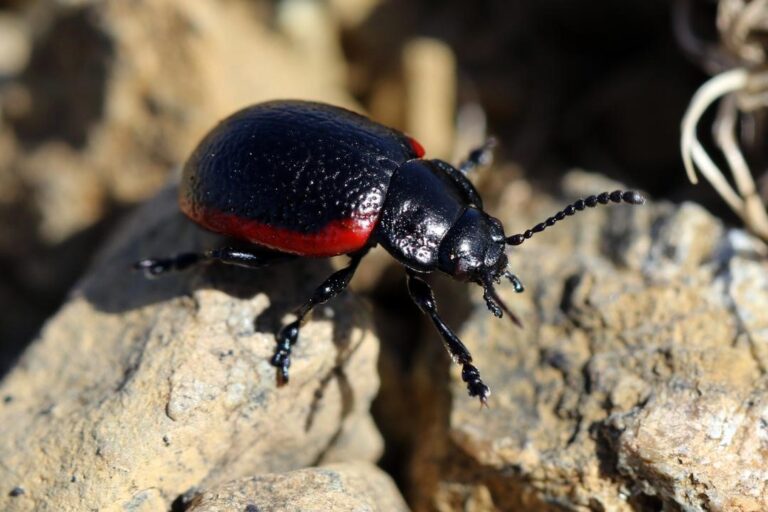Lepus europaeus
Gaelic: Gèarr-dhonn
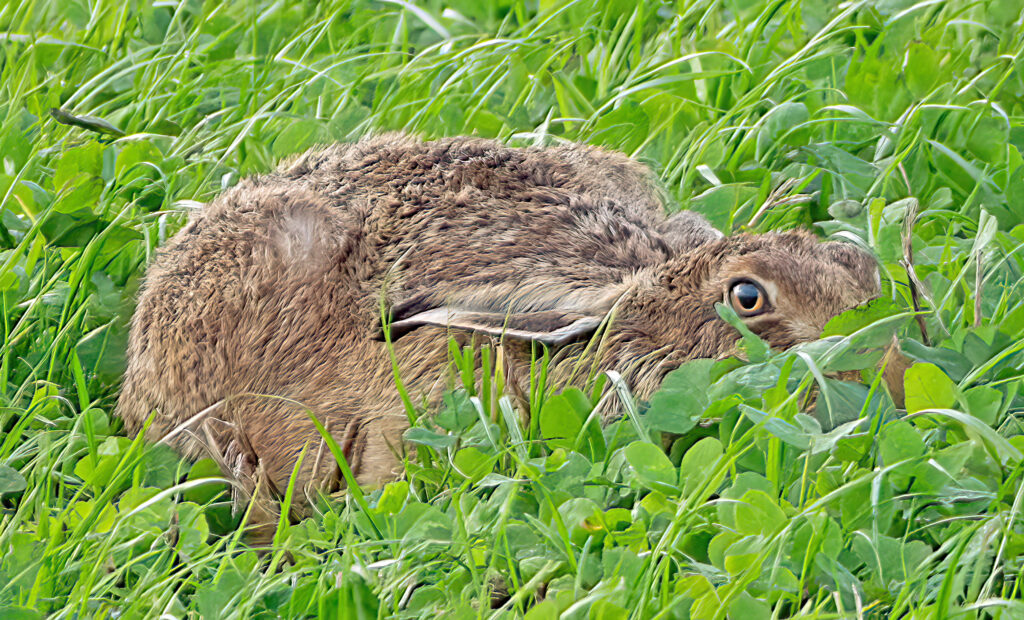

This may seem an unusual species to choose for Species of the Month for North Sutherland Wildlife Group given that records for the brown hare are not common in North Sutherland! Google searches reveal that the brown hare is prevalent in all parts of the UK except for the far northwest and the Outer Hebrides. They favour open farmland (unlike the mountain hare which favours upland habitats above 300m) and so to see them you may find yourself crossing the Sutherland border into Caithness or heading to the southern reaches of the old county boundary! They have indeed been spotted by this writer around the edges of Reay, Achvarasdal, Dounreay and all along the north road into Thurso. Head further south down the A9 to Spittal or Achanarras Quarry (worth a visit) and you might be in with a good chance of a sighting. Or indeed, by heading over the sea to Orkney, you are pretty well guaranteed sightings of brown hares.
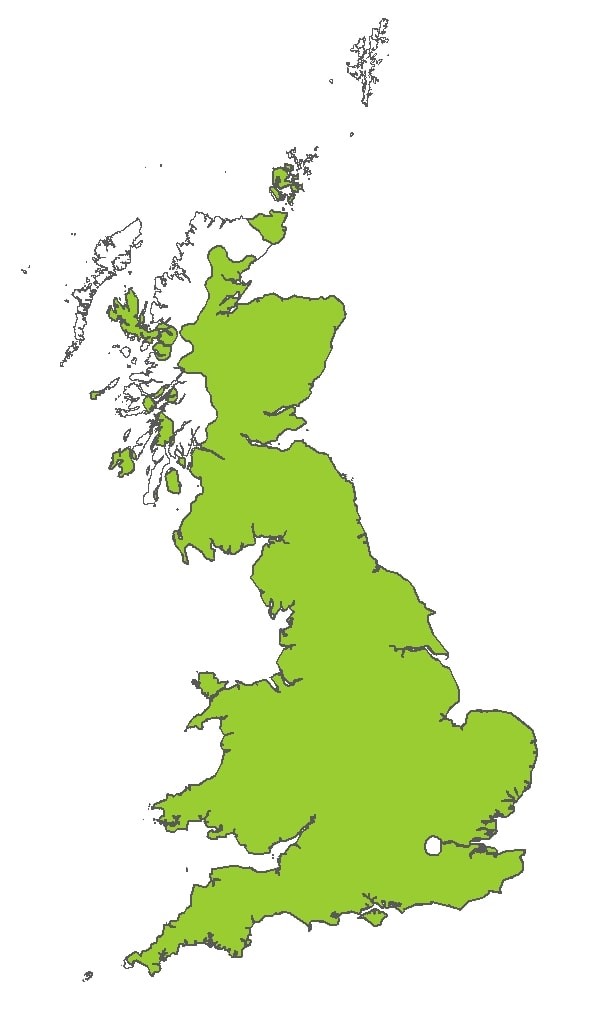
About:
Brown hares are thought to have been introduced during the Iron Age from the other side of the North Sea. They are generally solitary animals, although may feed in groups; the collective term for hares is a ‘drove’.
They differ from our native mountain hares in a number of ways. And here it might be worth familiarising yourself what to look for so you can decide whether you have seen a brown hare or a mountain hare. Although, as said earlier their habitats are quite different.
Ears: Very long black-tipped ears (mountain hares have shorter ears) 8-10cm
Colour: Much redder brown than the mountain hare, with orange/brown flanks and a black-topped tail. Their coat remains the same brown colour all year round.
Size: About twice the size a rabbit! Up to 70cm body length. Long powerful back legs enabling it to move at speeds of up to 70kph (45mph). often run in a zig-zag pattern
Eyes: Amber coloured (Mountain hare and rabbit have brown eyes)
Habits:
As previously said, brown hares favour open grassland and arable farmland, with woodland edges and hedgerows. During the day they will spend much of their time sitting in their forms, the name given to the shallow scrapes they make in the ground; they do not make burrows like rabbits. They come out to feed at night, eating a variety of grass shoots, herbs and sometimes bark from young trees if the weather is poor. Last time I visited Achanarras Quarry I saw a brown hare sitting in a form as we headed from the car parking area, and a few hours later, on return, it was still there!
Breeding:
Brown hares are often most visible in early spring when the breeding season begins, and ‘boxing’ frenzies may be seen at the beginning of the breeding season, this may well be a female warding off the advances of a male as opposed to a pair of males fighting. The phrase ‘Mad as a March Hare’ no doubt refers to these boxing antics. Breeding takes place between February and September with females raising up to four litters a year, with typically two – four young.
The young are known as leverets and are born fully furred, with their eyes open, and are left in forms close to where they are born. The leverets are fed once a day by the female, just before sunset, for the first four weeks of their lives but otherwise receive no parental care! They are able to eat solid food at two weeks old and are fully weaned by four weeks. Foxes are the most likely predators of young hares. Male hares are known as bucks and females as does, in parts of the UK male hares are often referred to as ‘Jack’ and females as ‘Jill’.
Folklore:

Hares have a long association with folklore around the world, but they have particularly come to symbolise moon deities, fertility and sensuality. Witches were once thought to be able to turn in to hares or to have a hare as a familiar. It might be worth knowing for those of us who grew up with the Brer Rabbit tales, that Brer Rabbit was actually a hare! Further reading on this can be found in this article.
Conservation status:
All species of hare in Britain are declining. They are listed as priority species in the UK Biodiversity Action Plan. Changes in agricultural practices are probably responsible for the decline in the brown hare population of Britain, and in particular the switch to silage and the heavy use of weed killers. Silage is cut when leverets are still very young, and the machines get faster and faster. Also, hares are vulnerable to disease, and coccidiosis is a highly contagious infection. (Source WWT)
A handy field guide is available from the Mammal Society
Further reading:
By Hilary Wilson 2024

